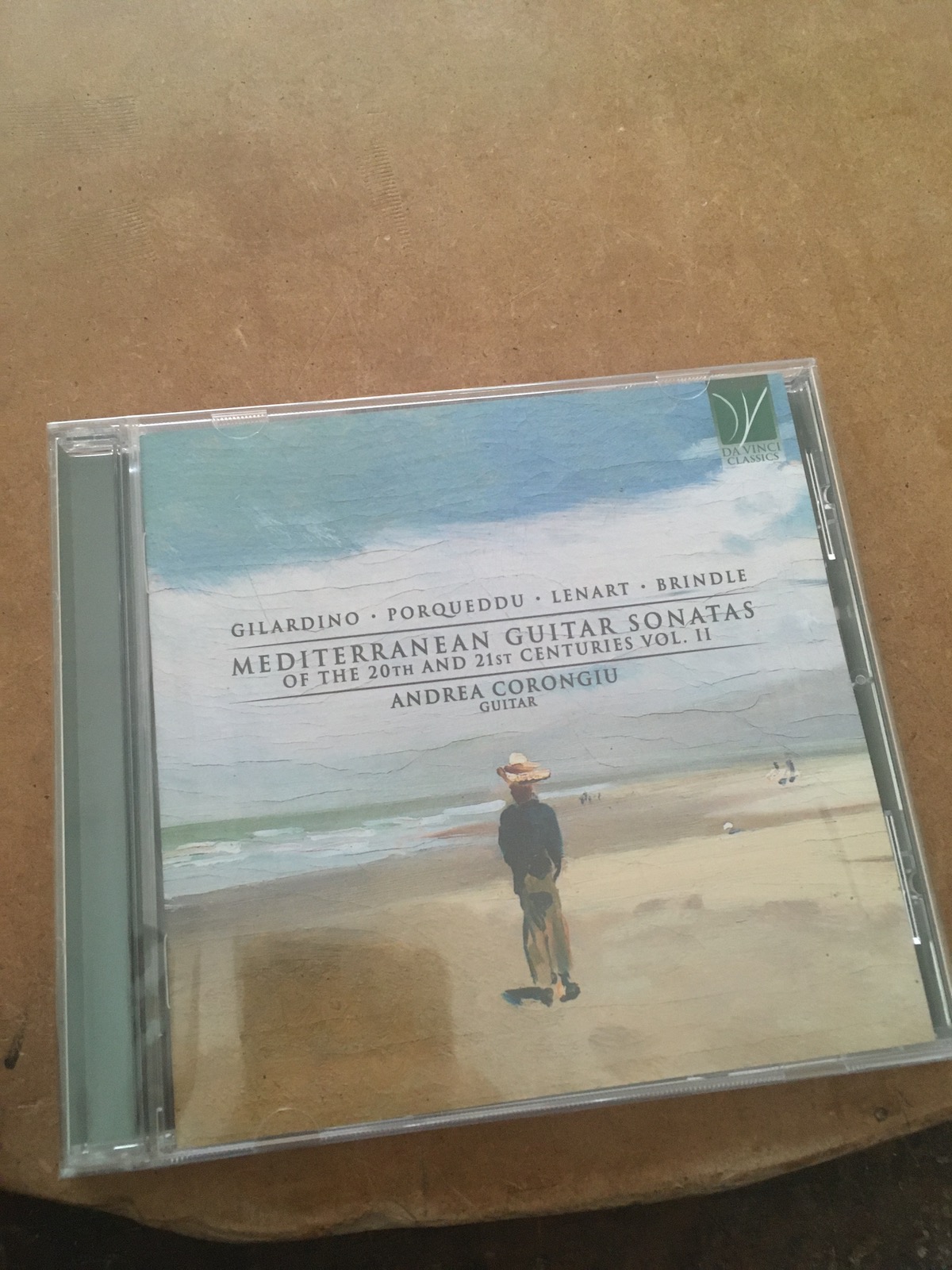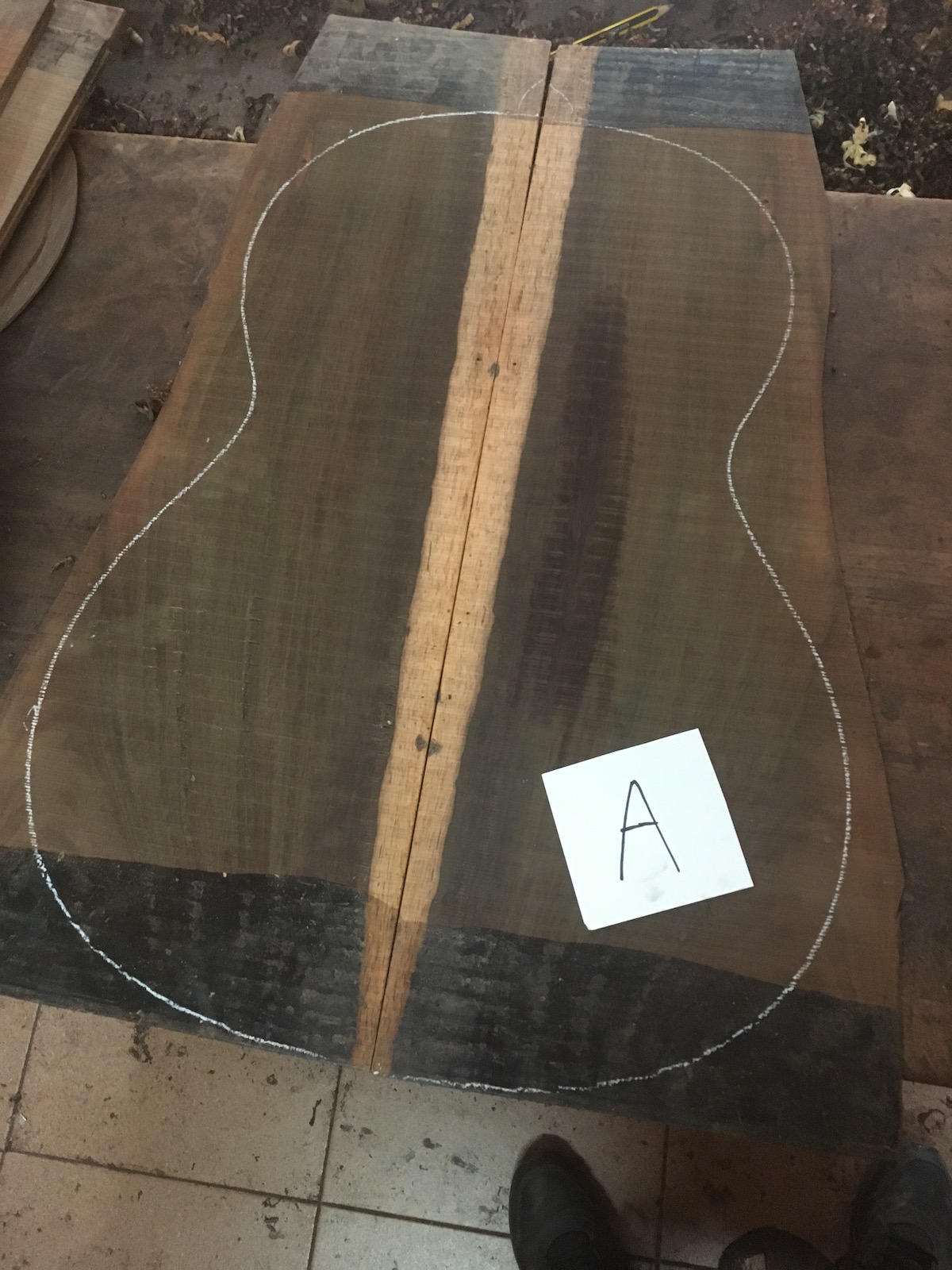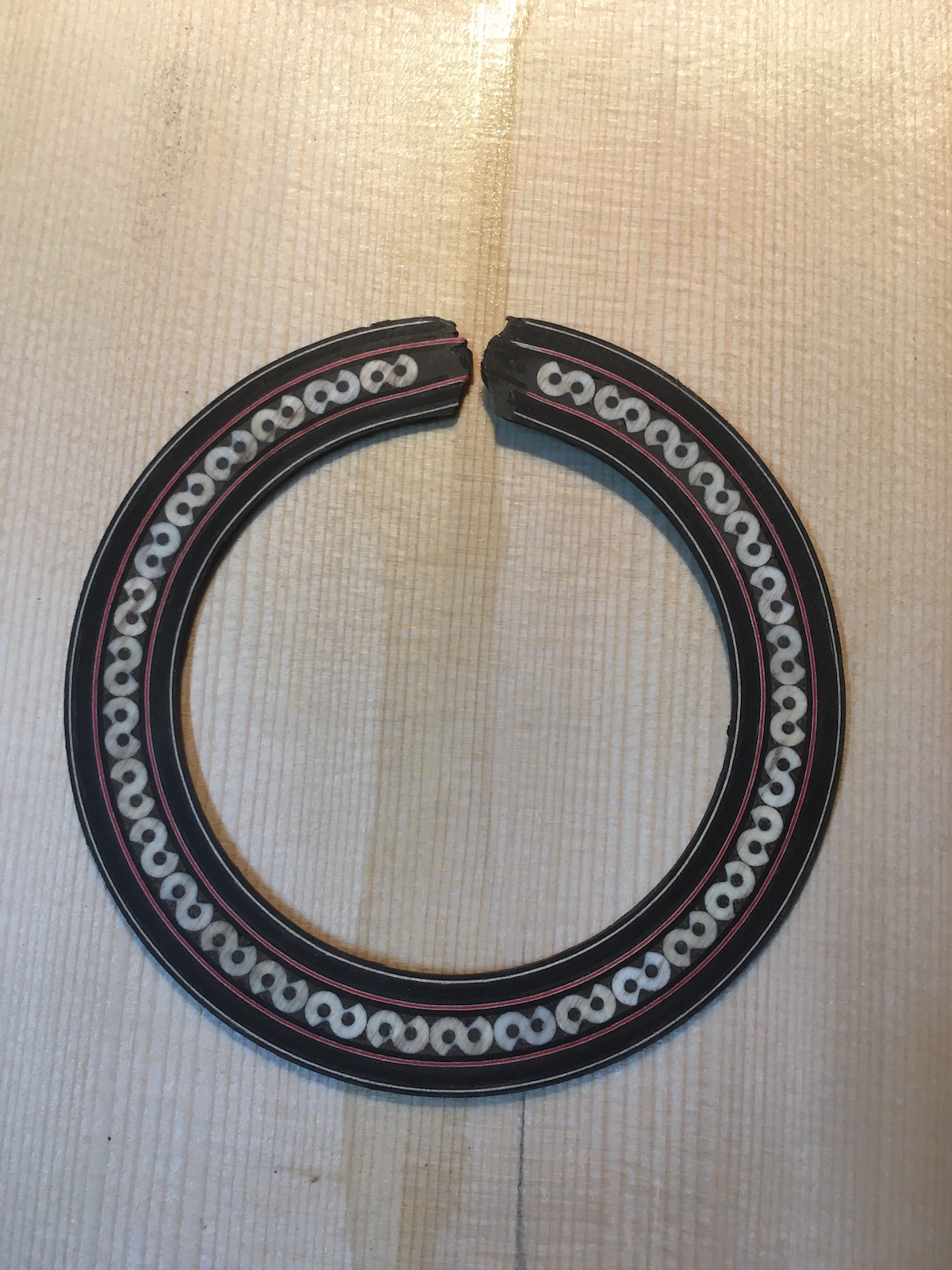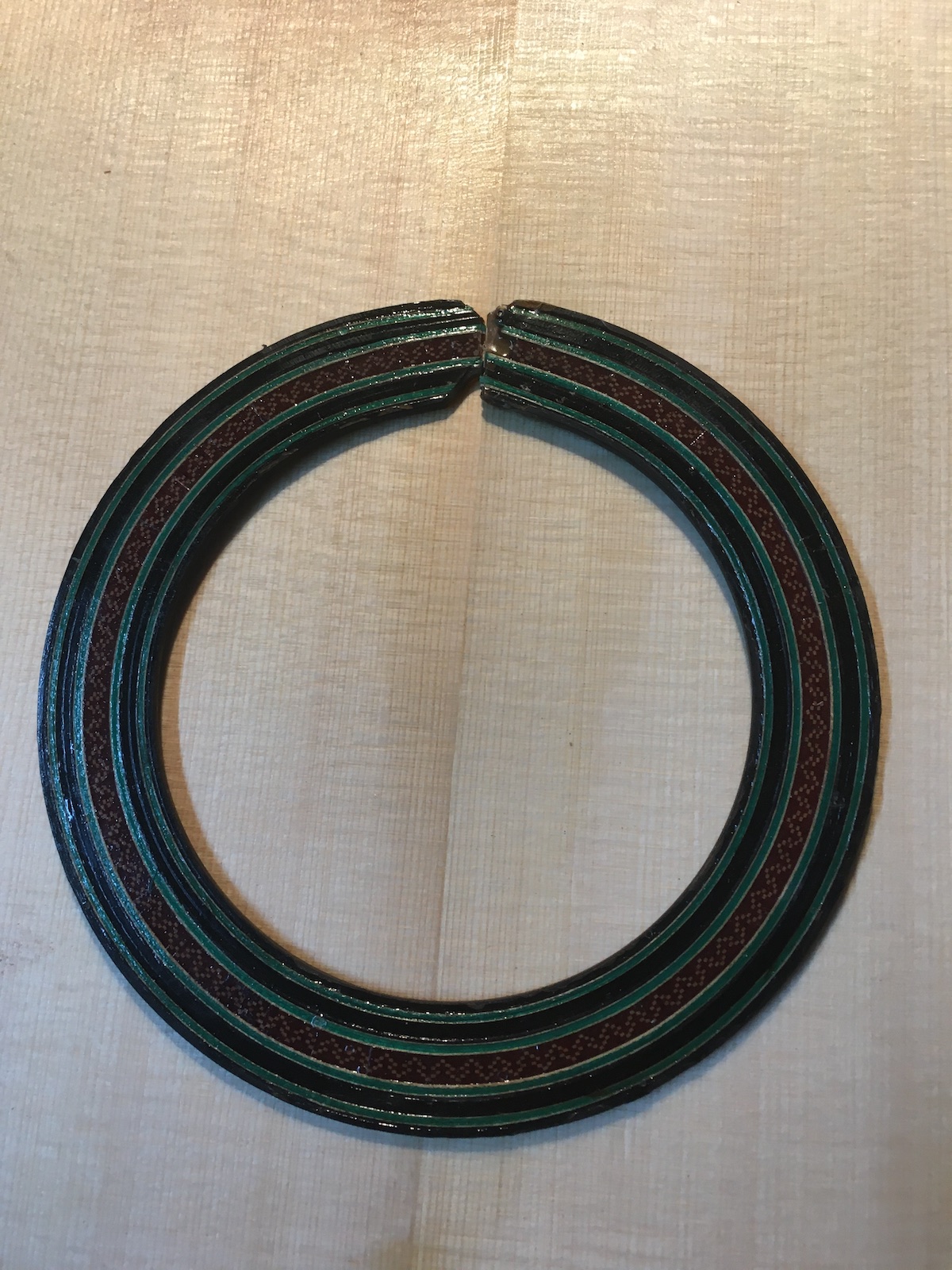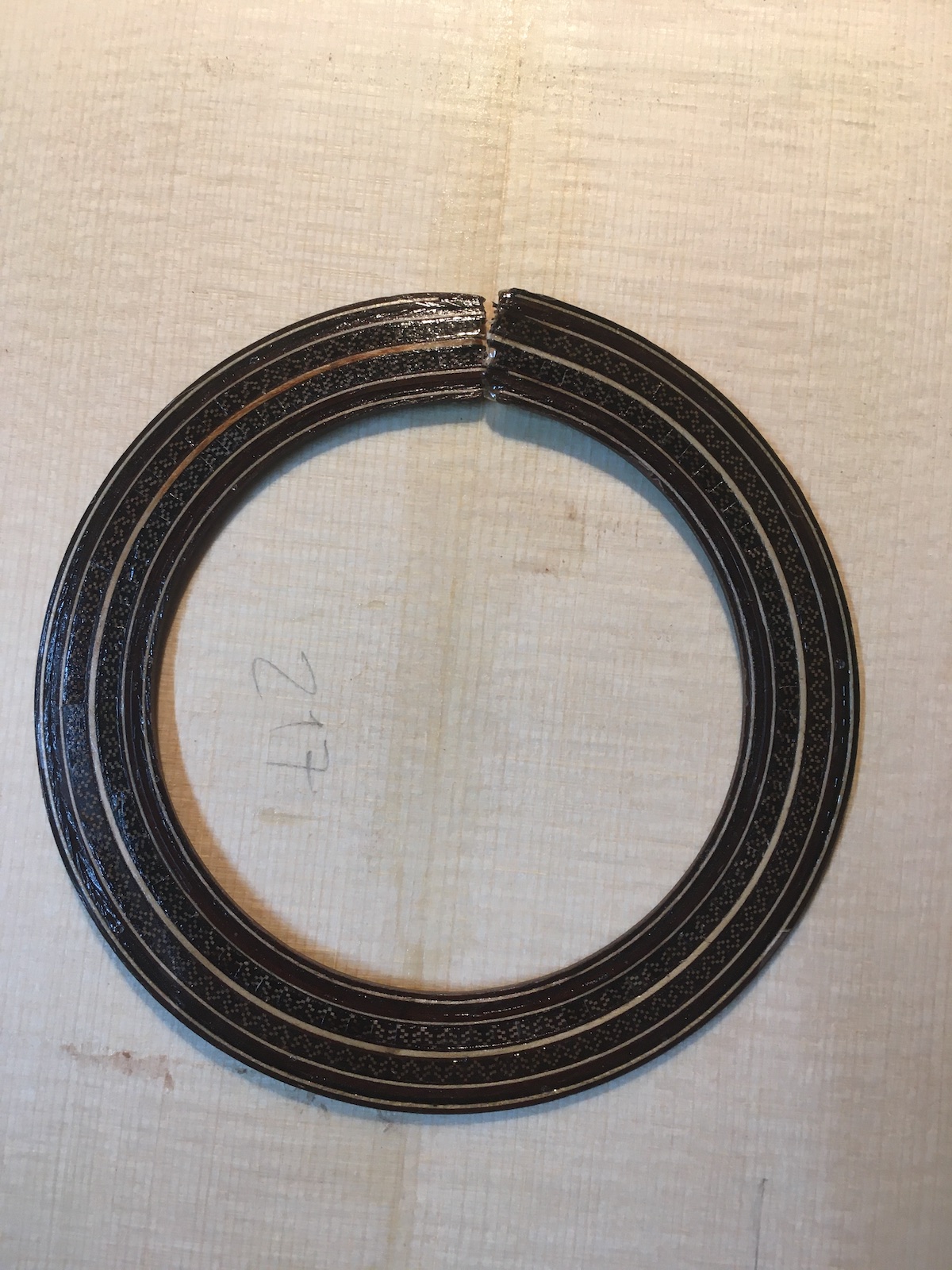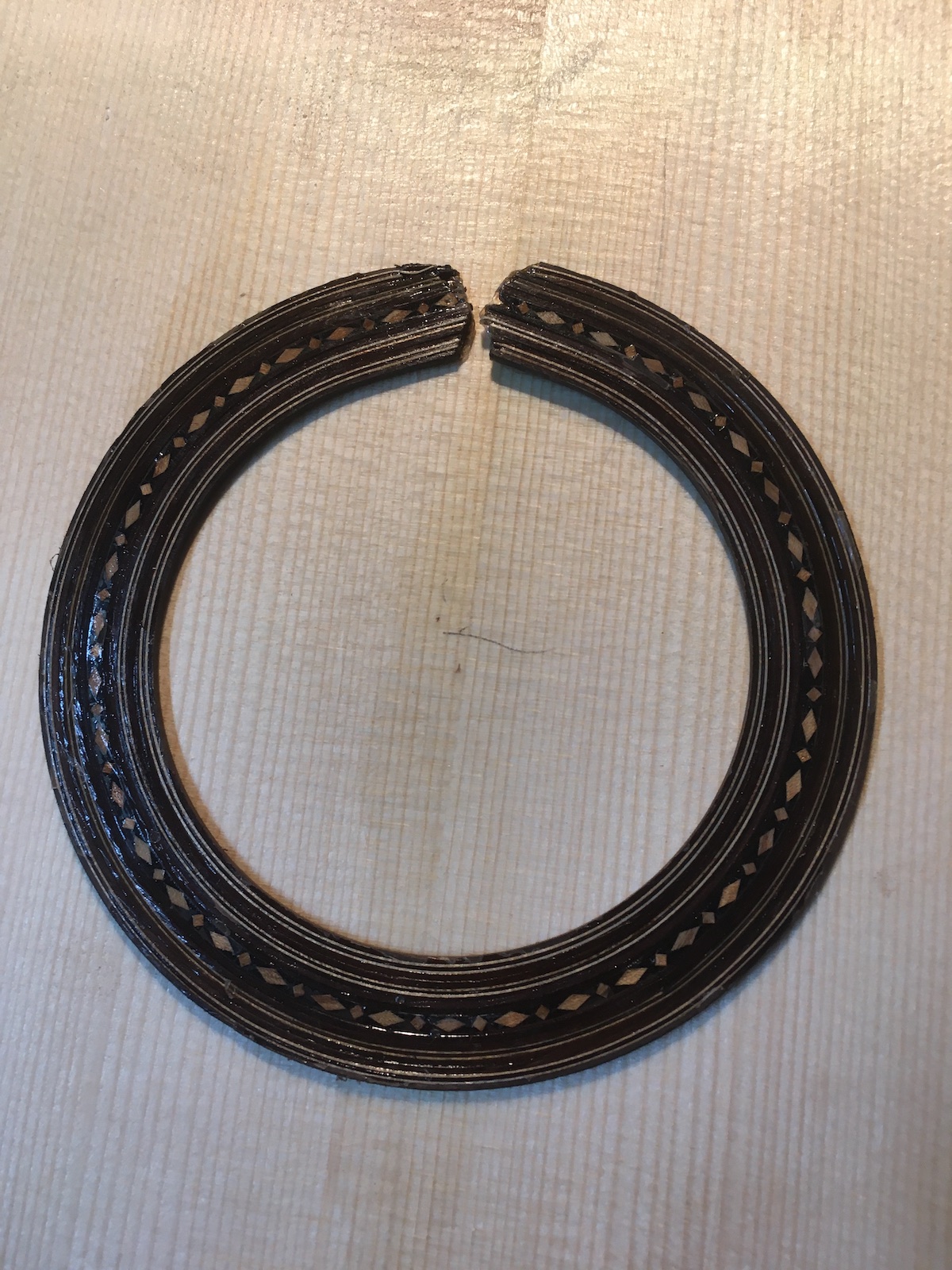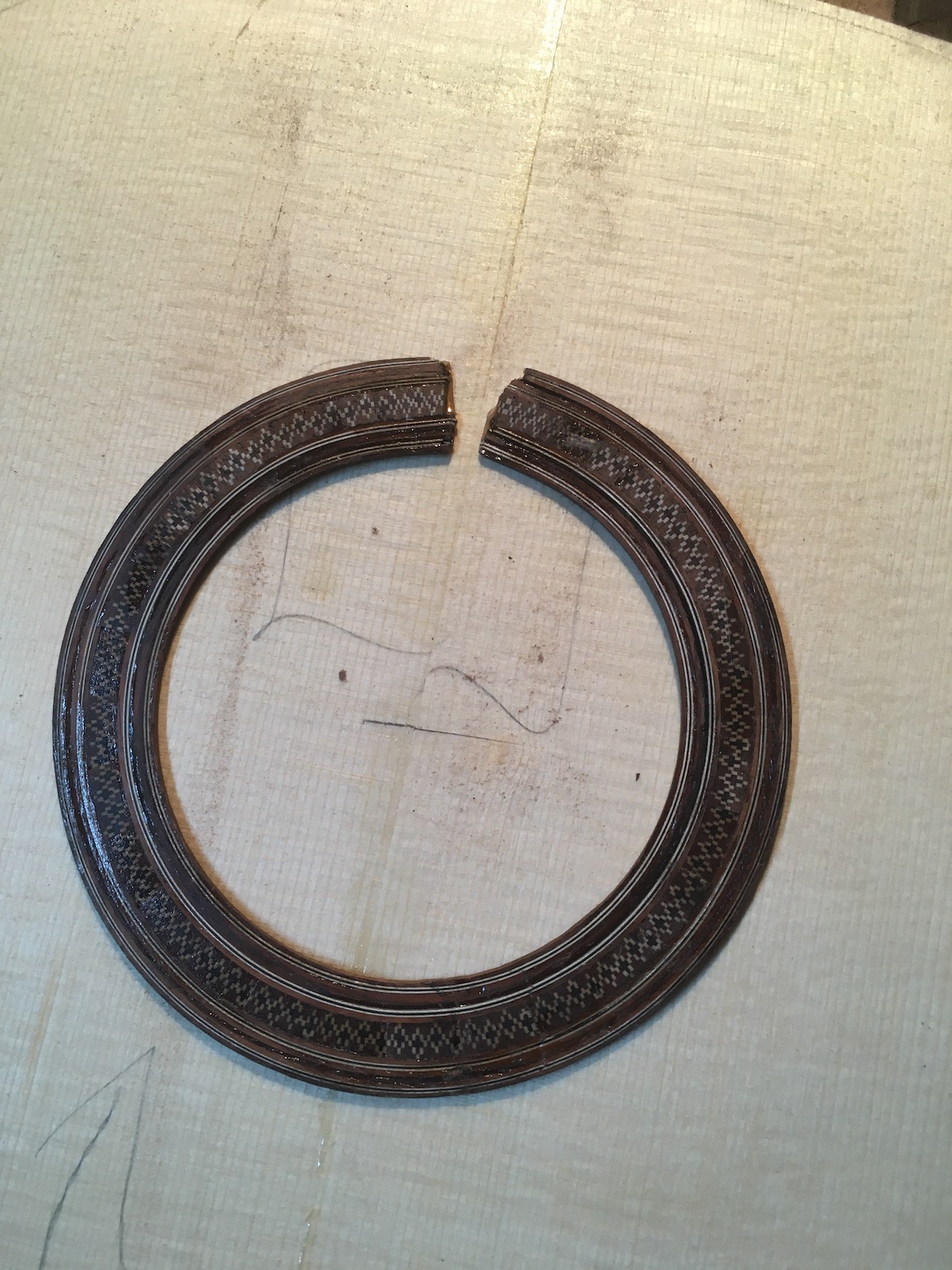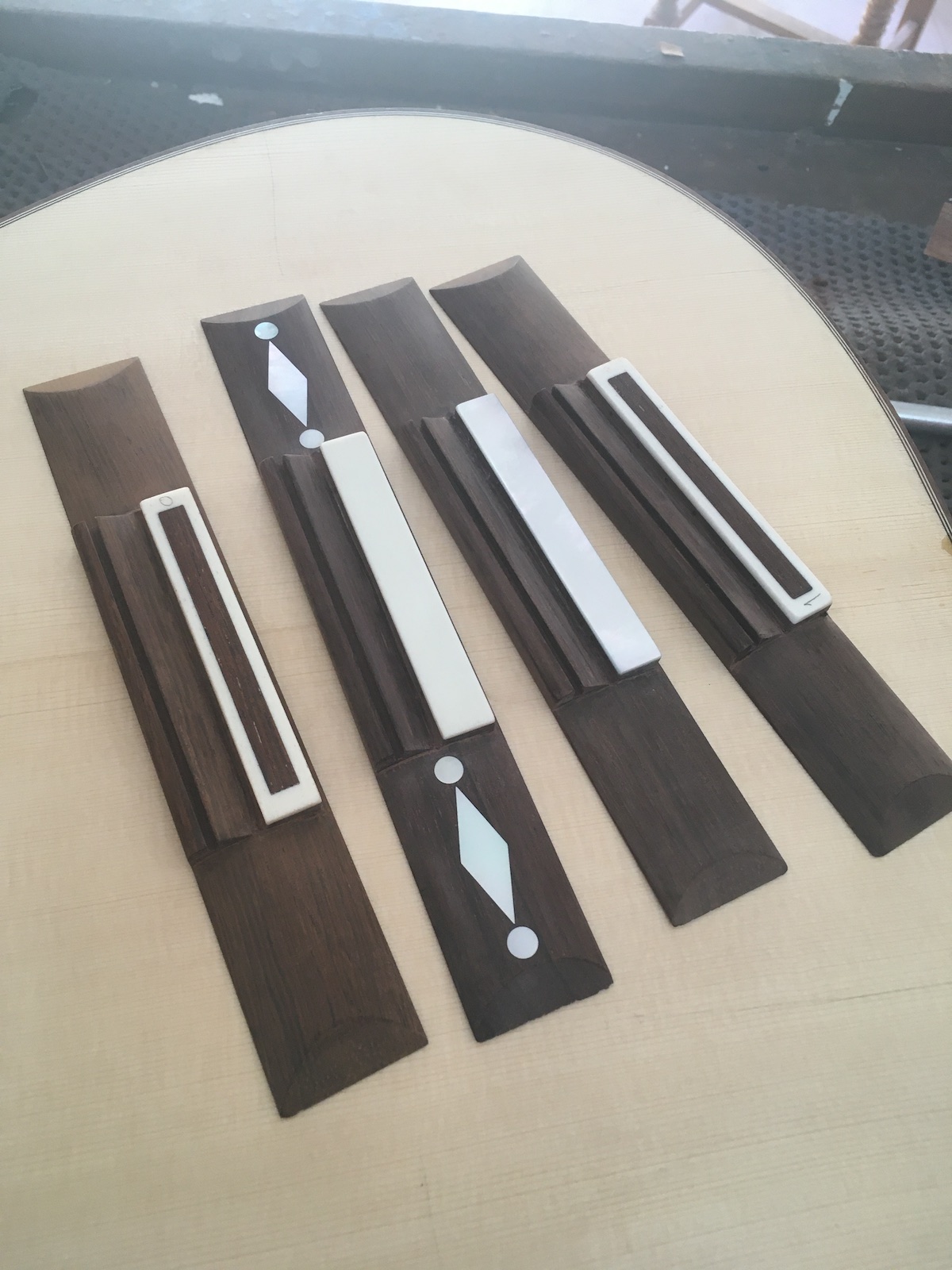 This is one of the stages of building which gives me satisfaction. When I fit the shaped sides into the slots in the neck it starts to look like a guitar. There is still an awful lot of work to do but if feels like progress. Also, as I have often stated, bending the sides is one of my favourite tasks in the workshop. Except when you get a set of sides which will not bend no matter what you do. I don’t know how to recognise those beforehand but I would sure like to be able to. Below is and example; this just happened last week. A break can happen at the waist if you are inexperienced or in a rush but this sort of thing on a larger radius bend is surely due to a quality of the wood which just makes it impossible. Having your sides too thick can cause problems too but these were 1,6 mm so it’s not that either.
This is one of the stages of building which gives me satisfaction. When I fit the shaped sides into the slots in the neck it starts to look like a guitar. There is still an awful lot of work to do but if feels like progress. Also, as I have often stated, bending the sides is one of my favourite tasks in the workshop. Except when you get a set of sides which will not bend no matter what you do. I don’t know how to recognise those beforehand but I would sure like to be able to. Below is and example; this just happened last week. A break can happen at the waist if you are inexperienced or in a rush but this sort of thing on a larger radius bend is surely due to a quality of the wood which just makes it impossible. Having your sides too thick can cause problems too but these were 1,6 mm so it’s not that either.

